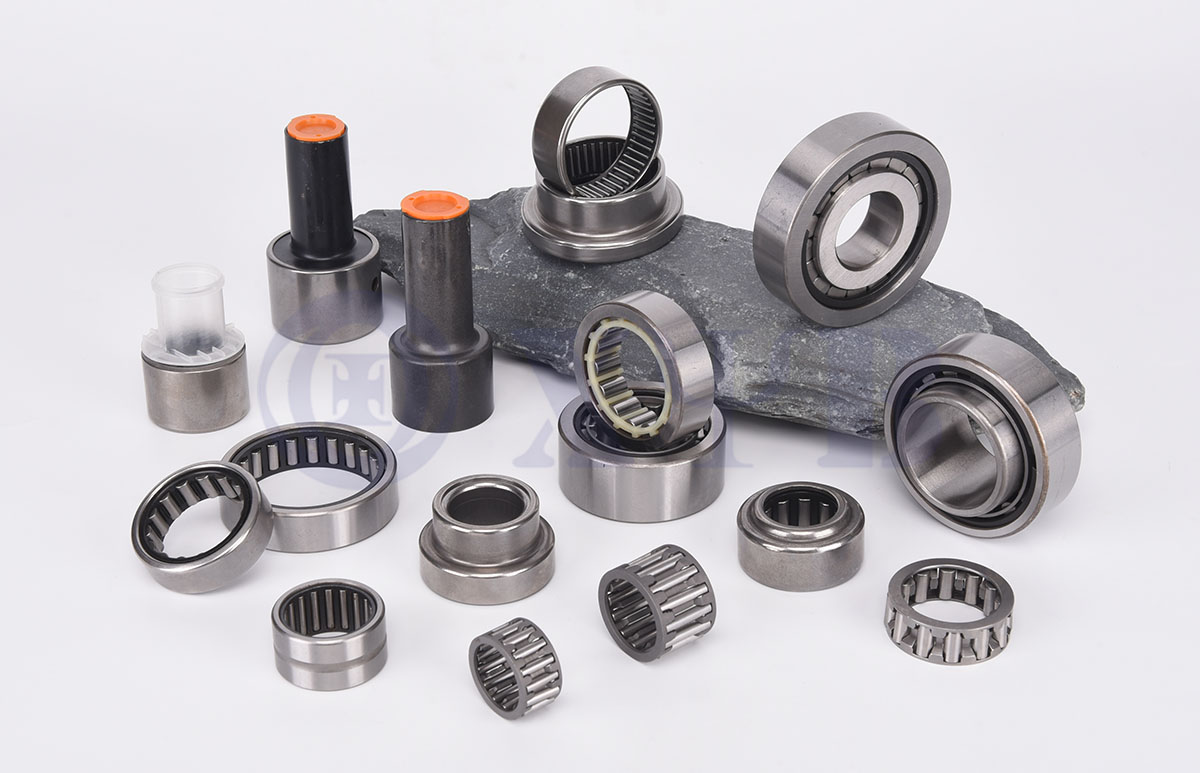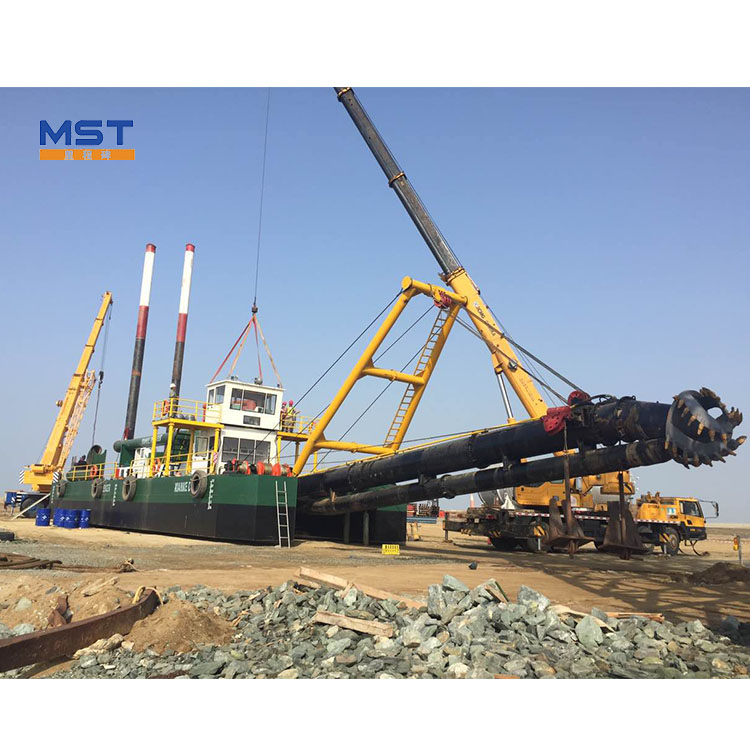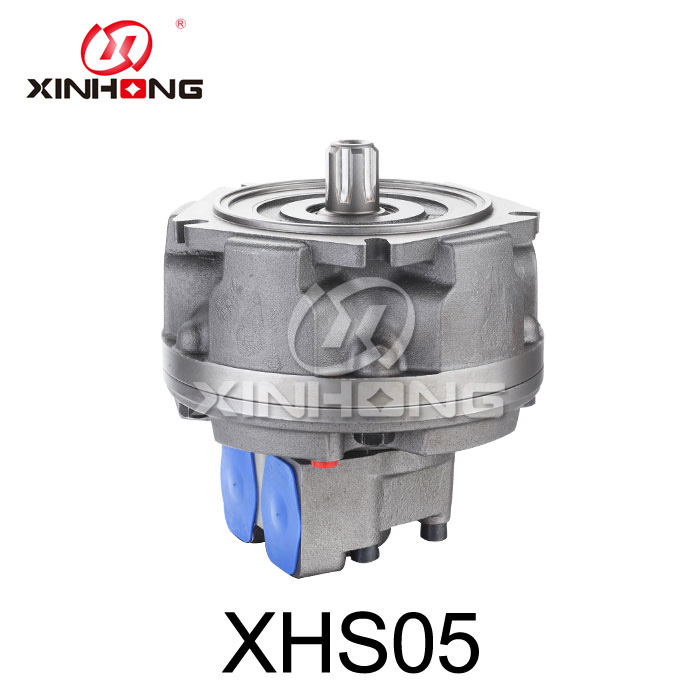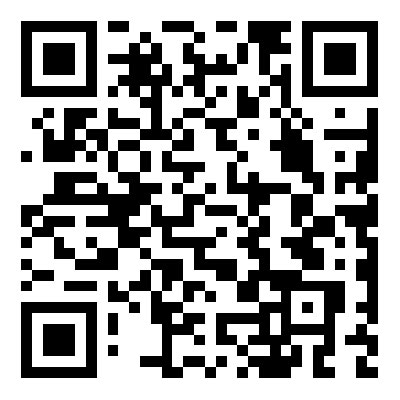Roller Bearing
A roller bearing is a type of mechanical component that is used to reduce friction and facilitate the movement of rotating or linear machinery parts. It consists of cylindrical or tapered rollers placed between inner and outer raceways. Roller bearings are commonly used in various industrial applica......
Send Inquiry
Product Description
A roller bearing is a type of mechanical component that is used to reduce friction and facilitate the movement of rotating or linear machinery parts. It consists of cylindrical or tapered rollers placed between inner and outer raceways. Roller bearings are commonly used in various industrial applications to support heavy loads and provide smooth motion. They come in various designs and configurations to suit different types of loads, speeds, and environments. Here's an overview of roller bearings:
Basic Components:
1. Rollers: Roller bearings feature cylindrical or tapered rollers that roll between the inner and outer raceways. These rollers distribute the load and reduce friction as they move.
2. Inner and Outer Raceways: The raceways are the grooved channels in which the rollers rotate. The inner raceway is attached to the rotating component, while the outer raceway is usually stationary.
3. Cage or Retainer: Some roller bearings include a cage or retainer that holds the rollers in place, preventing them from touching and ensuring proper spacing.
Types of Roller Bearings:
1. Cylindrical Roller Bearings: These bearings have cylindrical rollers that provide high radial load capacity and moderate thrust load capacity. They are suitable for applications where space constraints are not a major concern.
2. Tapered Roller Bearings: Tapered roller bearings have conical rollers and inner and outer raceways that are angled. They can handle both radial and axial loads and are commonly used in applications like automotive wheel hubs.
3. Spherical Roller Bearings: Spherical roller bearings can handle high radial loads and moderate axial loads. They are designed to accommodate misalignment and are commonly used in applications with shaft deflection or misalignment.
4. Needle Roller Bearings: Needle roller bearings use long, thin rollers that have a high length-to-diameter ratio. They are suitable for applications with limited radial space but high load requirements.
5. Thrust Roller Bearings: Thrust roller bearings are designed to handle axial loads and are used to support axial movements in machinery.
Benefits and Applications:
- Load Distribution: Roller bearings distribute loads over a larger area compared to ball bearings, allowing them to handle higher loads and reduce stress on components.
- Smooth Motion: Roller bearings provide smoother rolling motion due to the larger contact area between the rollers and raceways.
- High Load Capacity: Roller bearings are capable of handling heavy loads, making them suitable for industrial equipment like conveyors, gearboxes, and heavy machinery.
- Precision: Roller bearings offer precise motion control and are used in precision machinery, such as machine tools and robotics.
- Durability: Properly maintained roller bearings can provide long service life in various environments.
Considerations:
- Selection: Choosing the right type of roller bearing depends on factors such as load capacity, speed, axial and radial forces, and the specific application requirements.
- Lubrication: Proper lubrication is essential to reduce friction and prevent premature wear of roller bearings.
- Maintenance: Regular inspection and maintenance are important to ensure the optimal performance and longevity of roller bearings.
Roller bearings play a crucial role in various industrial and mechanical applications by reducing friction, enabling smooth motion, and supporting heavy loads. Selecting the appropriate type of roller bearing for a specific application requires considering factors like load capacity, speed, and environmental conditions.










